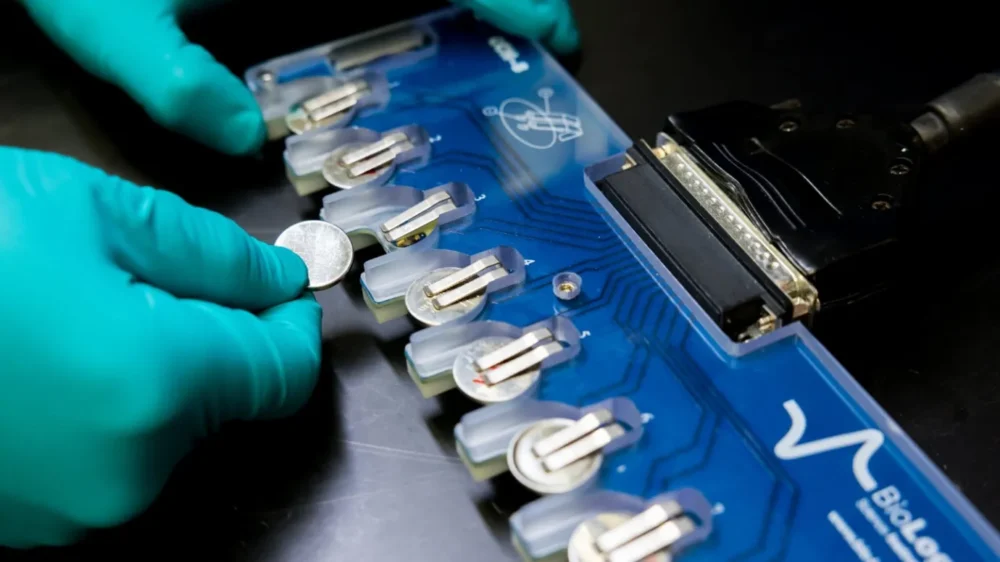Traditionally, the search for innovative materials has led scientists to experiment in laboratories, where intuition and a significant amount of guesswork played crucial roles.
Recently, however, the discovery of a groundbreaking battery material has emerged, a result of merging two powerful computing technologies: artificial intelligence and supercomputing. This significant finding emphasizes the growing role of computers in assisting scientists to identify materials for specialized purposes, ranging from advanced battery compositions to carbon capture methods and new catalysts.
These powerful computing technologies allowed researchers from Microsoft and the Pacific Northwest National Laboratory (PNNL) to narrow down 32 million candidate materials for batteries to just 23 promising options. The research team was able to synthesize and test one of the materials and successfully created a solid-state battery prototype, which was safer and carried more charge than common lithium-ion batteries.
The report was shared through a research paper on January 8 on arXiv.org.
The initial pool of 32 million potential materials was created through a method akin to a mix-and-match game, involving the substitution of various elements into the crystal structures of existing materials. According to Nathan Baker, a computational chemist at Microsoft, analyzing such an extensive list using conventional physics methods would have required decades.
However, the application of machine learning techniques, which rapidly predict outcomes by identifying patterns in known materials, allowed this massive calculation to be completed in a mere 80 hours.
AI allowed the list to be narrowed down to materials that actually exist in the world and whether they have the chemical and electrical properties suitable for a battery. However since AI models work in approximate terms, the scientists were able to break down this shortened list further using tried-and-tested, computationally intensive methods based on physics. They also eliminated toxic, rare, and expensive materials from the list.
This process narrowed the selection down to 23 viable candidates, out of which five were already recognized. The team at PNNL selected a material that appeared promising due to its relationship with other materials they had experience synthesizing in the laboratory. This material also exhibited desirable stability and conductivity properties. Following this, they embarked on the process of creating it, ultimately leading to the development of a prototype battery. This proved to be successful.
The newly developed electrolyte bears resemblance to an existing material composed of lithium, yttrium, and chlorine. The key difference is the partial substitution of lithium with sodium. This change is advantageous, as lithium is both expensive and highly sought after.
The scientists orchestrated the development of a series of AI models with the uncanny ability to foresee various material properties. These models were meticulously trained using data from established materials. The cornerstone of this AI architecture lay in a unique form known as a graph neural network, a framework that depicts systems as intricate mathematical graphs composed of interconnected “edges” and “nodes.”
To orchestrate both AI-driven and physics-based computations, the team harnessed the power of Microsoft’s Azure Quantum Elements. This platform offered them access to a cloud-based supercomputer specifically tailored to cater to the demands of chemistry and materials science research.
The scientists hope that others will use these tools in the future for a variety of scientific endeavors.






